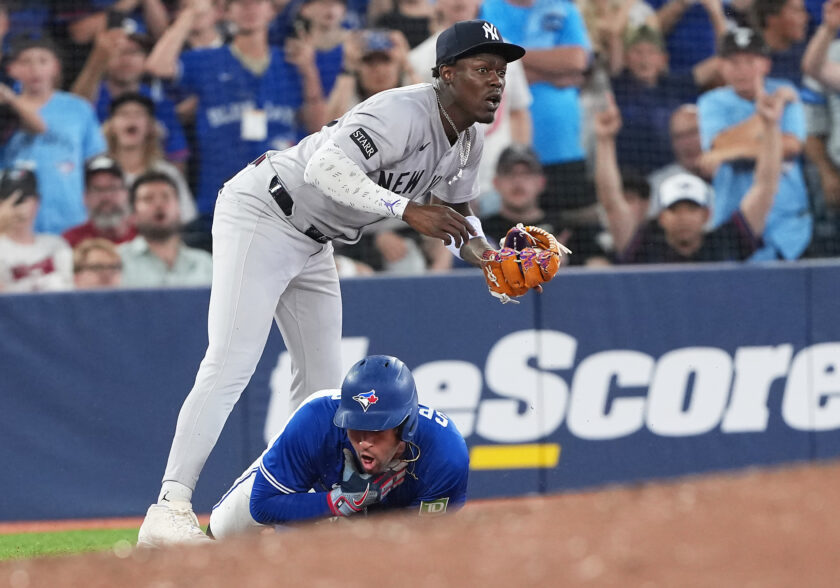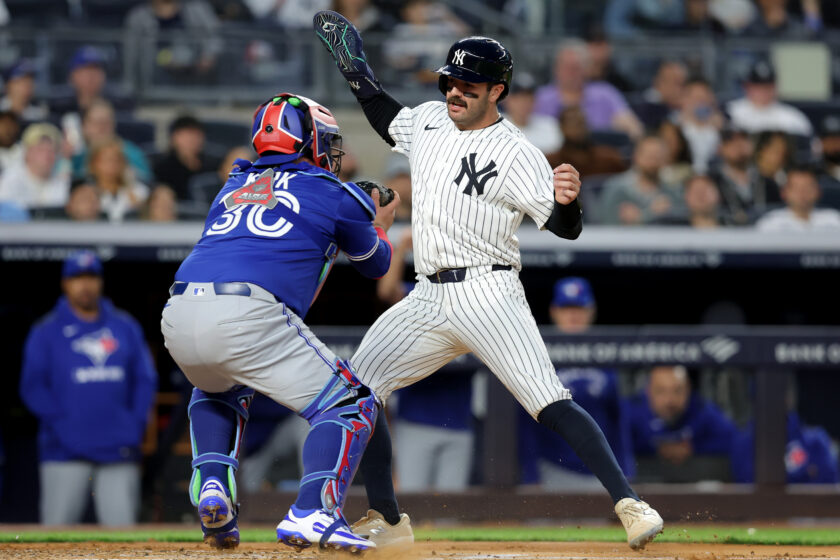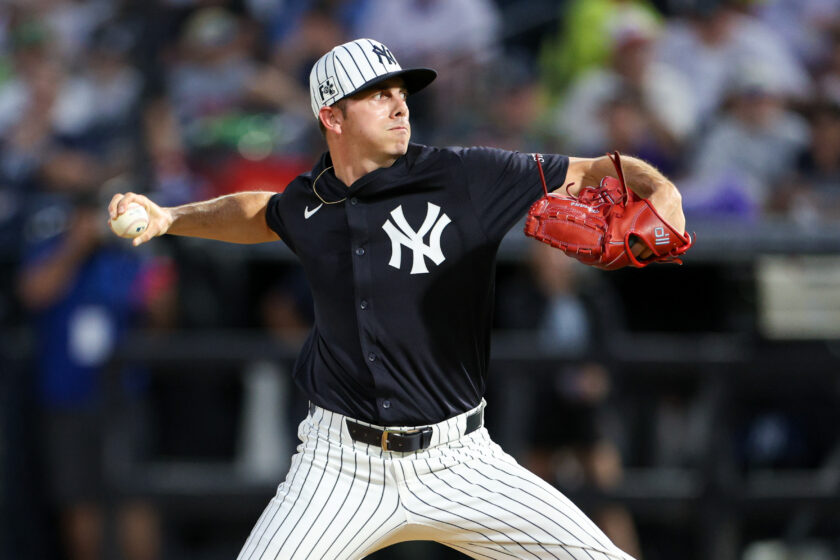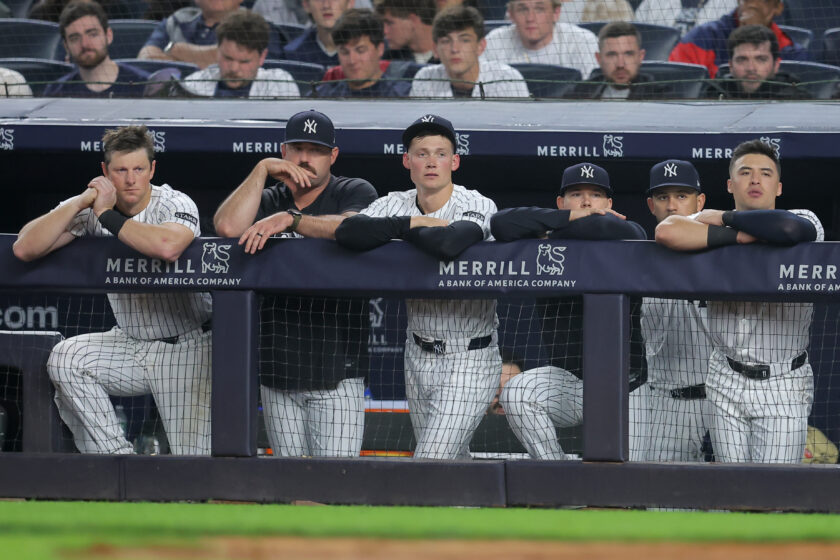MLB: Takeaways from sweeping rule changes set to take effect in 2019, 2020
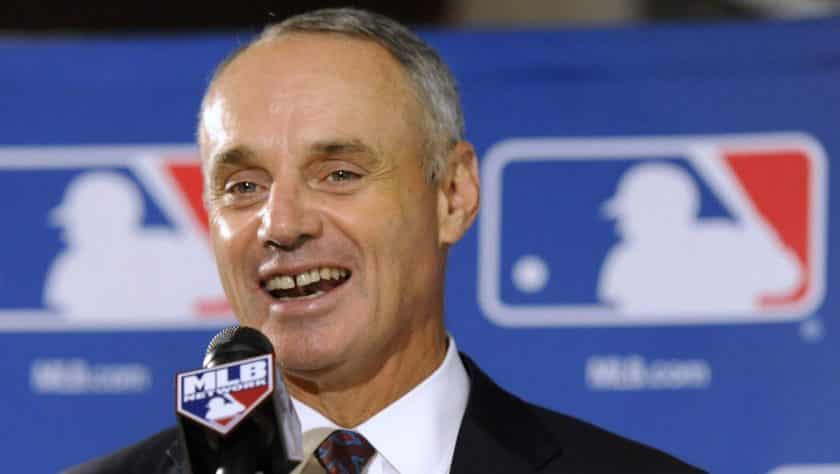
The MLB announced a series of rule changes that will alter the on-field product. How much it alters the product is another story.
[sc name=”Danny Small Banner”]There are drastic changes coming to Major League Baseball in 2019 and 2020. Some changes are relatively minor in the grand scheme of things. But some could have a serious effect on the way the game is played—at least from a strategic standpoint.
Changes for the 2019 Season
Inning Breaks—The league will reduce the time between innings to two minutes. This is five seconds less for local broadcasts and 25 seconds less for national broadcasts. Furthermore, the league may reduce the inning breaks by another five seconds for local games in 2020.
It’s hard to dislike this rule change. It simply speeds up the game without changing the game in any way.
Mound Visits—The total number of mound visits allowed per game is reduced from six to five.
This is something fans are already used to and it did little to change the fabric of the game. Sure, some catchers were upset about losing the ability to walk out to the mound five times in an inning. But all in all, limiting mound visits has worked.
Trade Deadline—July 31 will be a hard trade deadline. The MLB is doing away with the waiver-wire trades that occur every August.
It’s hard to predict how this will affect the trade deadline frenzy that occurs every year. It could make things even more dramatic because front offices will feel more pressure to find a deal rather than waiting until August to make a move. This is the biggest change to take effect in 2019.
Joint Committee—The MLB and MLBPA are putting together a committee to examine other possible rule changes.
Self-explanatory, moving on.
[sc name=”Mets Center”]All-Star Game—Fan voting is broken up into two rounds (a “primary” and an “election day”). Each team nominates one player per position and fans will vote from that pool in the “primary.” The top three vote-getters at each position will reach the “election day” phase of voting.
Each player advancing from the primary round will receive a bonus and overall prize money in the game will increase.
Starting in the 10th inning, teams will place a runner on second base.
Fans shouldn’t get too worked up about these changes. It’s never a bad thing to try and shake up the way the All-Star selection process works. And even for baseball purists, seeing the runner in extra innings isn’t a big deal. No one wants a 15-inning All-Star Game.
It should be noted that the voting process will be further fleshed out in April. It’s clear the MLB is still trying to figure a few things out.
Home Run Derby—The winner of the Home Run Derby will take home $1 million. The total prize money will jump to $2.5 million.
This is probably the best change announced. The Home Run Derby is hit or miss from year to year. Aaron Judge’s explosion in 2017 will go down in history. Everyone remembers Josh Hamilton’s unreal performance in old Yankee Stadium in 2008 (although he lost to Justin Morneau in the final round).
But for every memorable performance, there are more than a few duds.
By upping the prize money to $1 million for the winner, big names could be enticed into entering when they otherwise wouldn’t. Obviously, $1 million is chump change for guys like Bryce Harper, who recently signed for $330 million.
But for someone like Aaron Judge (making just under $700K in 2019 per Spotrac), the prize money is nothing to sneeze at.
[sc name=”Yankees Center”]Changes for the 2020 Season
Active Roster Provisions—The active roster will increase from 25 to 26 (with 27 on doubleheader days).
The 40-man roster in September is eliminated. Every club will need to carry 28 players beginning on Sept. 1
There will be a cap on the number of pitchers (TBD) each team can carry on the active roster.
Teams will be forced to designate between position players and pitchers for every player on the roster.
This is an interesting move and it’s unclear exactly how it will pan out for teams. The process to designate players is somewhat convoluted, but it leaves open the door for two-way players and it allows for position players to pitch in specific situations.
For one thing, abolishing the lunacy of the 40-man rosters in September is a great move. Managers throwing out eight different pitchers in a game simply because they had the arms was a terrible way to play meaningful baseball games.
Upping the September rosters to 28 could be the sweet spot. It allows for teams to bring in some relief for their pitching staff, but it is a far cry from the ridiculousness of 40-man rosters.
Minimum Number of Batters for Pitchers—Starting and relief pitchers must pitch to at least three batters or finish an inning before coming out of the game (injuries notwithstanding).
This seems to be the rule setting off baseball purists. This will diminish the value of lefty specialists, but it won’t eliminate them entirely. The aim of this move is to end the practice of making multiple pitching changes within a half inning. Moreover, this won’t stop managers from using an “opener.” But it will end the practice of making a call to the bullpen after the first two batters.
Undoubtedly, this will change the way managers manage the bullpen, but it’s not a terrible idea to speed up the game. Personally, this feels close to the mound visit rule that went into effect in 2018. It received pushback from teams and fans alike, but after implementation, everyone adapted.
Injured List and Option Period for Pitchers—The minimum placement for pitchers on the injured list (formerly disabled list), will increase from 10 to 15 days. Additionally, the minimum assignment period to the minors increases from 10 to 15 as well.
This is more of a procedural move than anything, but it’s always good to see the league tinker with the way it deals with injured players.
[sc name=”MLB Center”]Final Takeaways
It’s easy for baseball fans to yell, “Get off my lawn!” Purists never want to see the game changed and will fight every change tooth and nail. But there must be room to adapt. Some of the changes won’t be met with much pushback from the fans. Other changes, like the minimum batters rule, will invoke the wrath of the MLB’s hardcore fans.
It’s a tough balancing act the league must play. They have to leverage the casual fan against the die-hard. Unfortunately, for those die-hard purists, the MLB knows these changes won’t drive you away, but they could draw in a few more casuals.
It could be worse too. For National League fans who dread the designated hitter rule, there’s no indication that the DH is coming to the NL anytime soon. It’s coming eventually, but you have a few more years to live in the past.
And perhaps more important than any of these announced changes, the MLB and MLBPA are coming together to work towards a new collective bargaining agreement. The last two offseasons have not been great for free agent and there was a feeling that the growing tension could ultimately result in a strike.
But the two sides are starting negotiations and that offers some hope that fans won’t have to endure another season without baseball. The last work stoppage happened in 1994 and even though some fans might not love these changes, the last thing anyone wants is a strike or lockout.
[sc name=”Generic Link Next” link=”https://elitesportsny.com/2019/03/14/new-york-mets-lhp-jason-vargas-mysterious-production-level/” text=”The Mysterious Production Level Of Jason Vargas” ]
